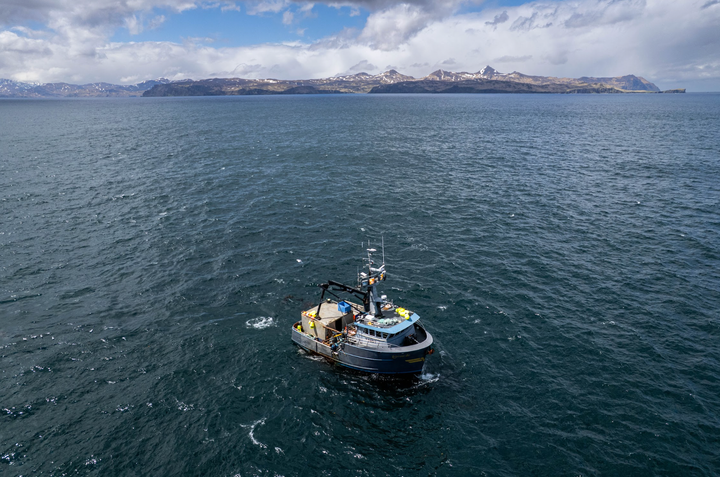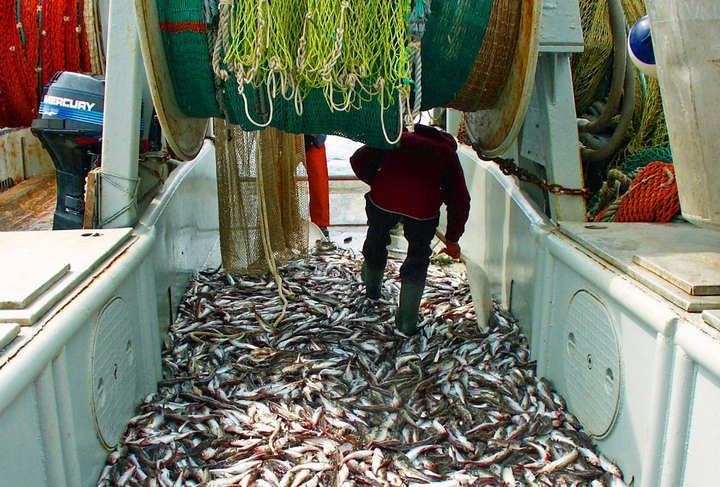Bottom trawlers face renewed scrutiny amid halibut decline
The bottom trawl fleet accidentally catches and kills millions of pounds of halibut each year, stoking a fierce, long-running debate.
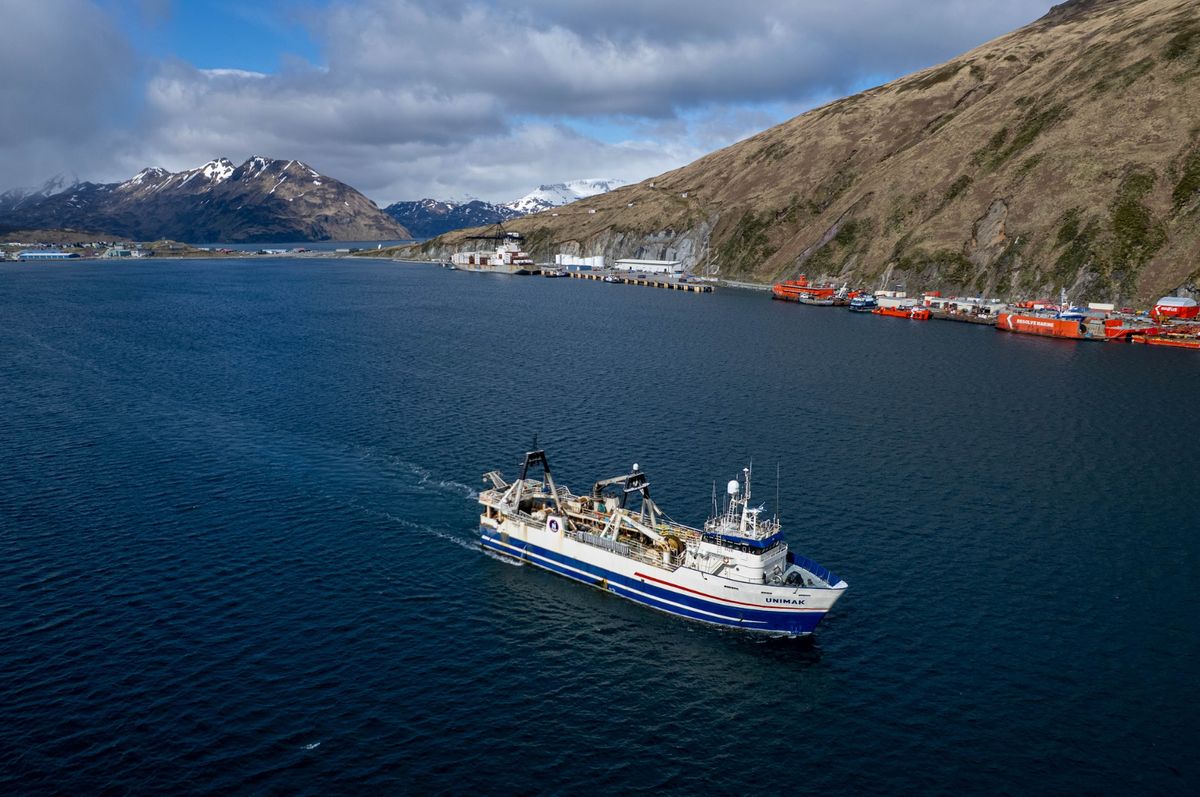
This story was supported by grants from the Pulitzer Center and the Alaska Center for Excellence in Journalism, in partnership with the Anchorage Daily News and the Seattle Times.
UNALASKA, ALASKA — For fishing captain Sam Wright, halibut are an unwelcome sight.
Wright runs the FV Unimak, a 185-foot trawl vessel, which uses large nets to scoop up — by the ton — yellowfin sole, Atka mackerel and other bottom-dwelling fish that are then headed, gutted and frozen at sea.
Federal rules bar the Unimak and other trawl crews from retaining any halibut, which are largely reserved for the commercial longline fleet, sport anglers and subsistence fishers. Some of the trawl-caught halibut do not survive their trip to the surface. And, if that death toll busts an annual federal limit, then the bottom trawl fleet will have to stop fishing for the rest of the year.
“That’s the main thing on our mind all the time — avoiding halibut,” Wright says in a dockside interview aboard the Unimak.
To reduce their unintended take of halibut, the Unimak and other vessels in the bottom trawl fleet have an escape hatch in their nets that allows some of the larger halibut to swim free.
Once a net is spilled on deck, the crew most often quickly sorts the halibut and then an independent observer returns them to the sea. Studies show this sorting reduces the number of halibut that die due to their net encounters.
Wright also closely monitors the halibut brought on board. When the Unimak crew pulls up a net with what Wright considers to be too much halibut — anything over a target of about 9 pounds per 2,204 pounds of yellowfin sole — he says the vessel might adjust the fish depth or move to another area.
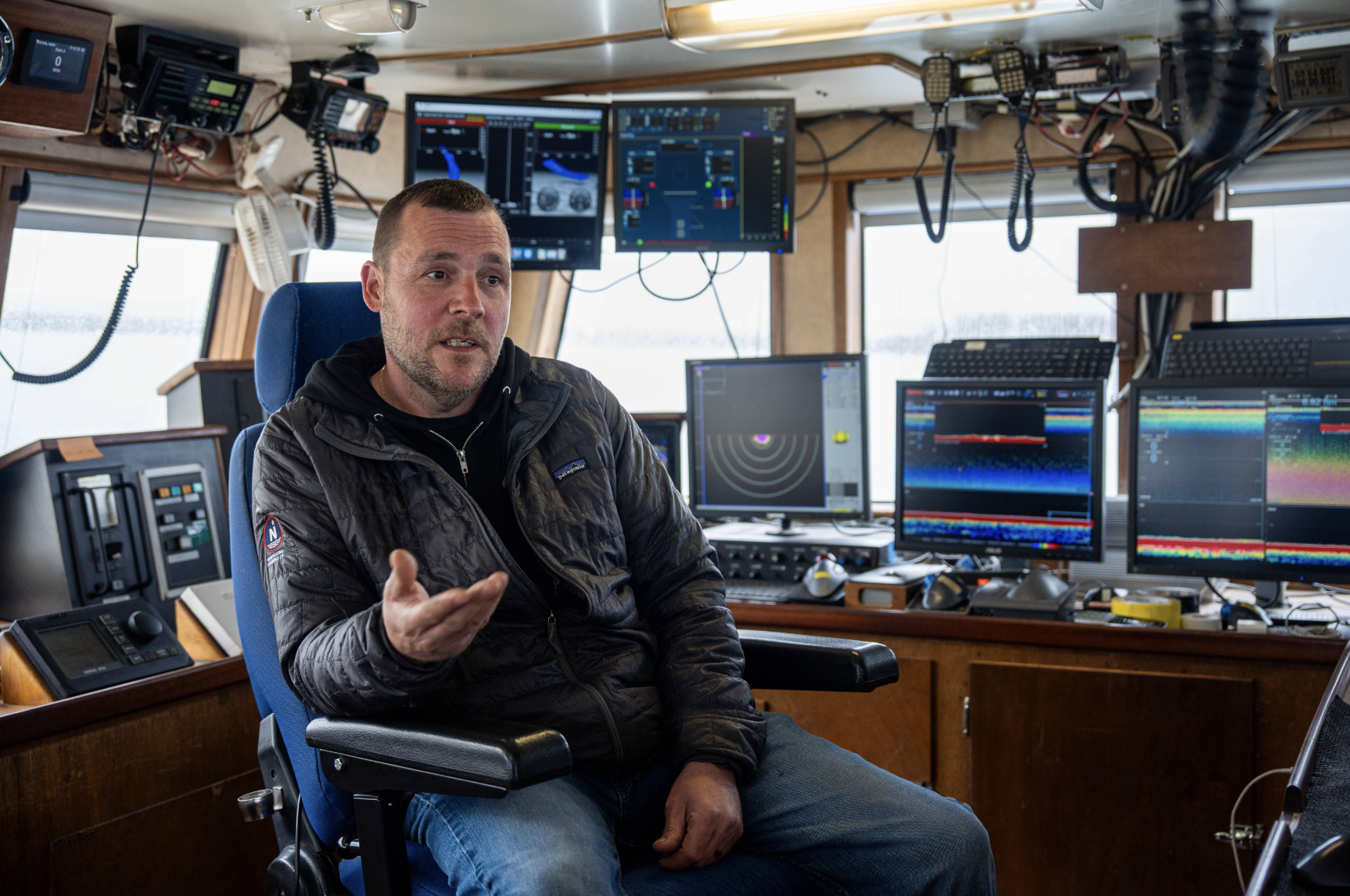
But collectively, the bottom trawl fleet still catches and kills millions of pounds of Pacific halibut annually as it catches more than half a billion pounds of other fish processed for markets. This has helped to stoke a fierce, long-running debate about the role that trawlers have played in knocking back the halibut population.
The large-scale trawling off Alaska was launched by Japanese and other foreign fleets that dramatically expanded their harvests during the mid-20th century. That had a “disastrous impact” on both adult and juvenile halibut, wrote F. Heward Bell, a former director of the International Pacific Halibut Commission, in a 1981 history of the Pacific halibut harvests.
By the late 20th century, halibut stocks had rebounded. Their population increased even as newly emerging U.S. trawl fleets dumped, on average, some 15 million pounds of dead or dying fish each year during the 1990s, according to commission statistics.
Today, though, the halibut stocks are greatly diminished. And longliners who make their living from halibut fear that trawling could push the stocks past a point of no return.
Last year, more than 3.9 million pounds of the fish did not survive their encounters with trawl nets in the Bering Sea and Gulf of Alaska, according to federal NOAA Fisheries statistics. This tally is compiled, in part, from reports by independent observers who are stationed aboard Bering Sea catcher processors. But some trawl vessels in the Gulf of Alaska do not carry observers, so federal officials make estimates on their discards.
Amid the downturn in halibut, the Alaska trawl fleets also face escalating concerns about the impact of their gear on the sea floor.
Researchers are scrambling to improve their understanding about the sea floor effects of larger trawl nets targeting pollock. These nets are not designed to move across the bottom. So, they catch very few halibut. But their footropes — chains stretched around the mouth of nets — often hit the seabed.
There also is increased scrutiny of bottom trawl nets, such as those deployed by the Unimak. They rest on a wheeled assembly, and roll — again and again — across prime fishing grounds, including some halibut nursery areas. Marine researchers have found that trawling gear stirs up sediments and can, in some areas, significantly reduce the diversity of sea bottom life, such as corals and sponges.
“They are dragging these halibut highways,” says Robert Hanson, a longline fisherman who — on his wheelhouse GPS — tracks the movement of trawl vessels in once prime halibut areas. “It makes me sick.”
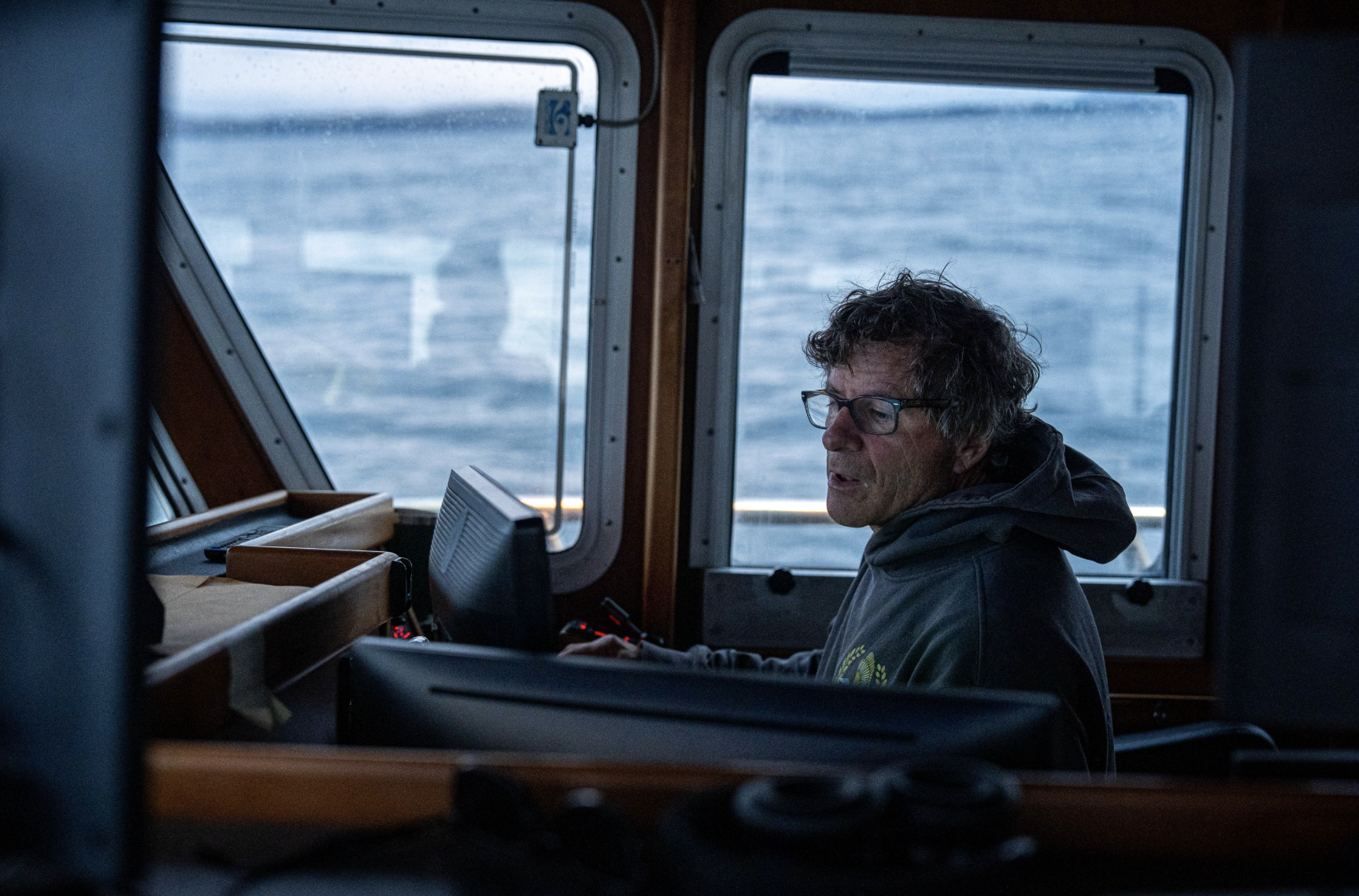
A federal fishery council has imposed tighter limits on the bottom trawl fleet’s Bering Sea halibut take at times when the population is low. Trawl industry representatives argued that action would make it much more difficult to catch their target fish, and represented a serious economic blow to a fleet that grosses wholesale more than $350 million annually. They then waged an unsuccessful lawsuit in federal court to try to loosen the cap.
This year, 14 of the catcher processors are trawling in the Bering Sea, down from 19 in 2023. The trawl vessel owners have struggled, at times, to find buyers for all their fish. But they say that the lower halibut mortality limits — a maximum of 2.88 million pounds — also have played a significant role in the downsizing of their fleet.
“We are on track to stay under the cap,” says Sarah Webster, science projects director for the Alaska Seafood Cooperative, a group that coordinates the trawl vessels’ fishing efforts. “It will probably be tight.”

